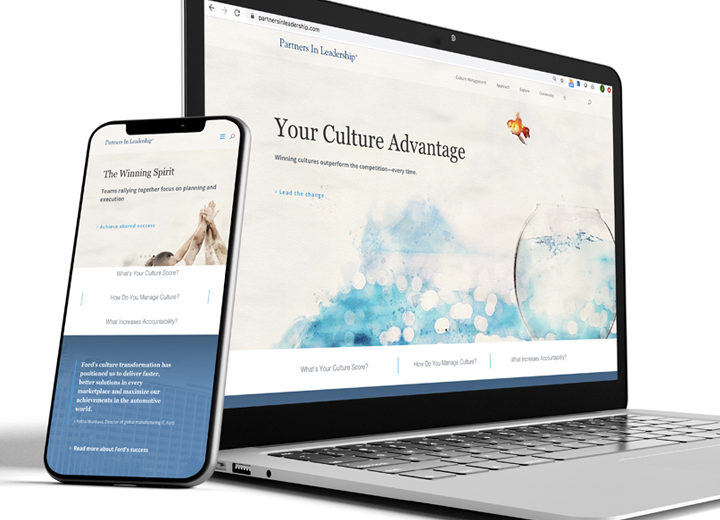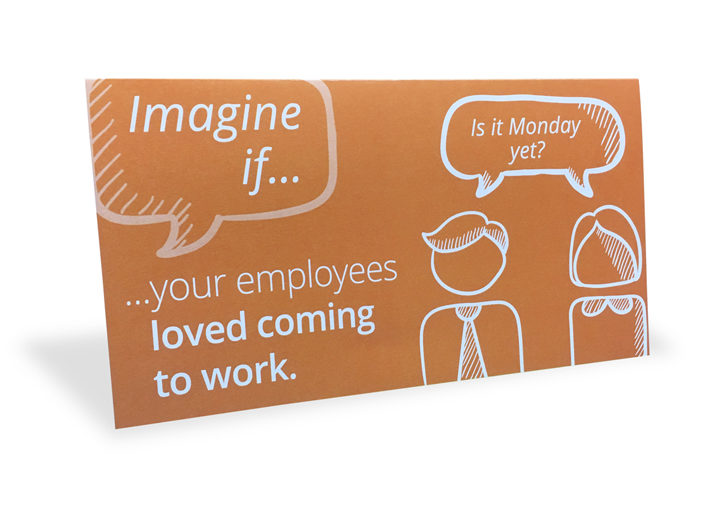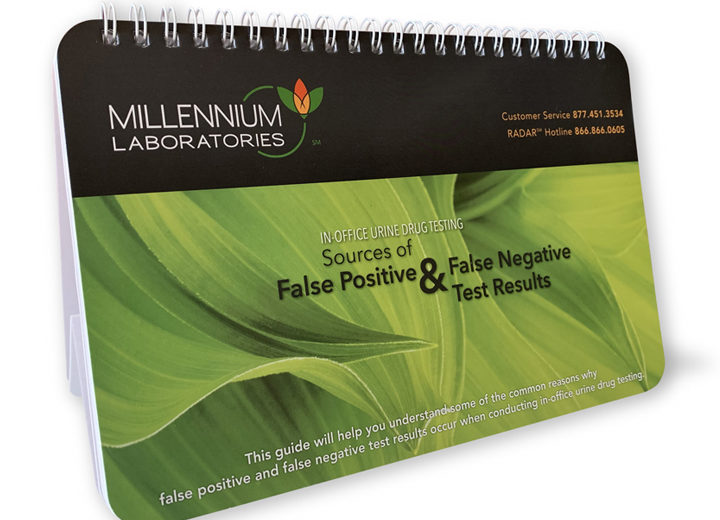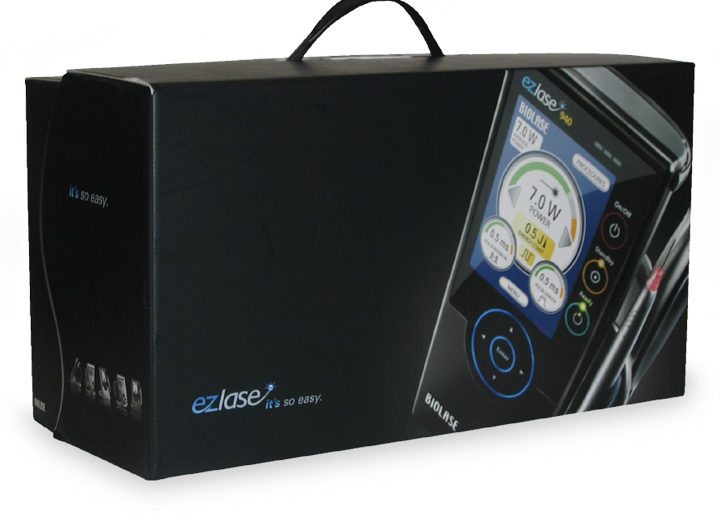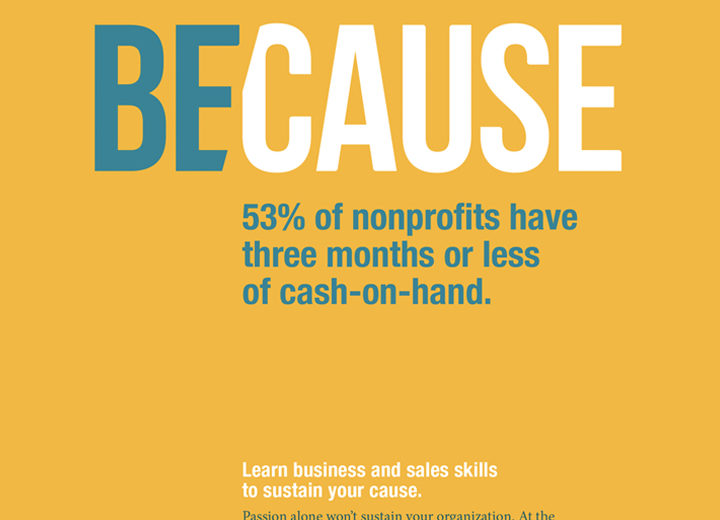When you get a new customer, don’t let go!
- Home
- When you get a new customer, don’t let go!
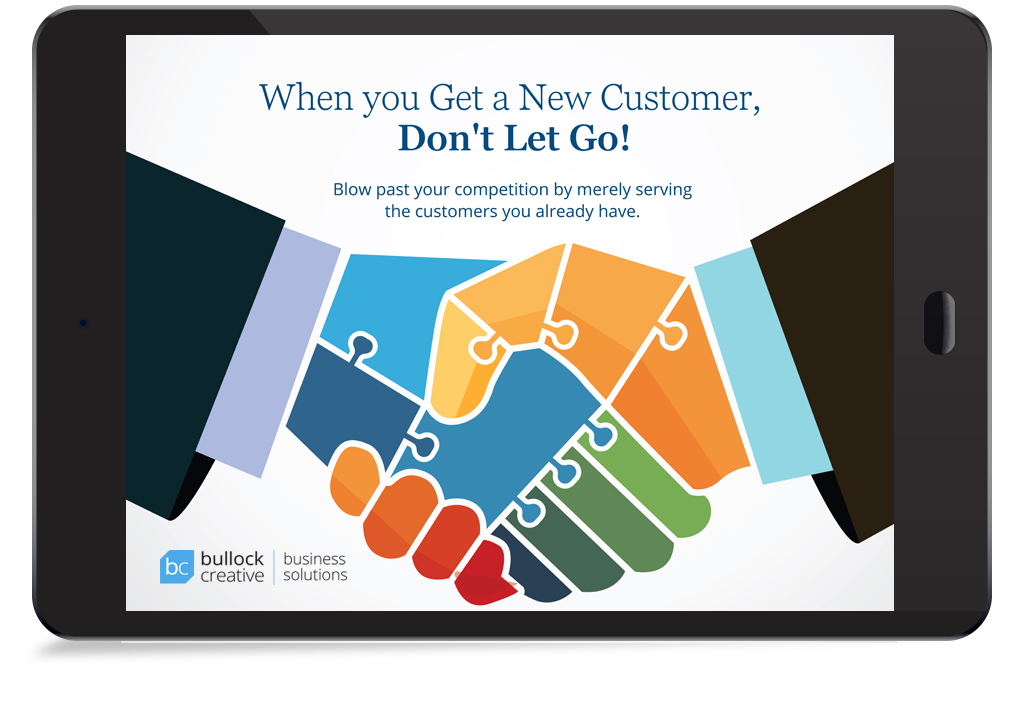
When you get a new customer, don't let go!
Blow past your competition by merely serving the customers you already have.
With the rise in new customer acquisition cost (CAC) and statistics indicating both marketing and sales spend 5x more money to acquire a new customer, why do so many companies neglect current customers at such an alarming rate?
Unfortunately, most marketing and sales departments’ have a compensation structure built to reward only new customers acquired, and very little attention is paid to current, inactive, and lost customers. With the speed of our economy, marketing and sales leaders are starting to realize the negative impact neglecting customers can have on their business, especially when 65 percent of a company’s business comes from existing customers.
Blow Past Your Competitors
Get your marketing strategy’s Flywheel turning in the right direction, let us help!
So, what should a business leader do to correct this situation inside their organization?
Below are five areas to address immediately!
Break Down Barriers
Before any other action, the organization needs to build a cohesive workflow and enhanced communication between marketing and sales. Given that these two departments often have different ideas of the desired results and entirely different processes, getting them working together and working within the same systems (Salesforece, Hubspot, Outreach IO) is priority #1.
According to Esteban Kolsky, 72% of customers will share a positive experience with 6 or more people. On the other hand, if a customer is not happy, 13% of them will share their experience with 15 or even more.
The challenge here lies in the fact that, in most cases, customers don’t tell you they’re unhappy. In fact, only 1 in 26 unhappy customers actually complain.
Flywheel vs. Funnel
For the past decade, the concept of the “customer decision funnel” or “marketing funnel” has been the standard tool for helping people new to marketing understand how the marketing mix works. The marketing funnel easily demonstrates how new leads are generated, and potential customers are engaged, educated, and finally nurtured to purchase.
The drawback of utilizing the marketing funnel beyond a basic understanding is it neglects marketing beyond the initial purchase. A more realistic model would be the concept of the “Flywheel” created by Jim Collins.
When it comes to driving sales revenue from “existing customers,” marketing and sales efforts need to focus on the right activities necessary to get the Flywheel moving and then keeping these activities going to accelerate the Flywheel to move faster and faster. An easy example would be building a “customer-first” email sequence, which is chalked full of engaging content, or making sure a sales representative follows up on every call within 5 minutes or less. These actions build trust with your customers and begin to move the Flywheel!
“The flywheel image captures the overall feel of what it was like inside the companies as they went from good to great. No matter how dramatic the end result, the good-to-great transformations never happened in one fell swoop. There was no single defining action, no grand program, no one killer innovation, no solitary lucky break, no wrenching revolution. Good to great comes about by a cumulative process—step by step, action by action, decision by decision, turn by turn of the flywheel—that adds up to sustained and spectacular results. “– Jim Collins
Compensation Shift
I know that when we start talking about employee compensation, things can get real ugly quick. The reality is that if your marketing and sales teams are compensated for new customers only, then that’s all they are going to focus on, right. In a recent study, “82 percent of consumers in the United States said they stopped doing business with a company due to poor customer experience.” Shifting your compensation and incentivizing your marketing and sales teams to increase activities to drive repeat business from existing customers will have a significant impact on your bottom line.
“The average repeat customer spends 67 percent more in months 31-36 of their relationship with a business than they do in months 0-6.” – Ivana Vojinovic.
Get Personal
In our fast-paced digital world, customers react positively to personal touches that break through the digital barrier. Start by picking up the phone; customers love it when you answer the phone or call them back within 5 minutes. If you have to send an email, make sure it is personalized to the customer (use their first name), and don’t be “salesy”. In addition to product or service information, offer them free webinars or a useful eBook in the email to build trust. Get tactile! Send a personal letter, I know that this sounds so 1980’s, but in a recent study, 41% of Americans say they look forward to receiving mail, and 36% of people under 30 feel the same way.
Reward Loyalty
Customer loyalty cannot be purchased or rushed, but if you are engaging your customers frequently with new and exciting content, offering added value or discounts on future purchases would begin to ignite your customer base. Additionally, offering a significate discount for a referral is another great way to build brand loyalty and additional customers. According to AnnexCloud, customers referred by other customers have a 37% higher customer retention rate. Customer acquisitions through referrals spend 200% more than the average customer. Robust referral-marketing programs are achieving significant revenue gains—10 to 20 percent for established products and up to 100 percent for new products.
If you need any help in getting your marketing strategy’s Flywheel turning in the right direction, please let us know.
Need guidance building a Flywheel
or help bringing your Marketing and Sales
teams into 2020? We're here for you.
Fill out the short form below, and be sure to write in the memo “Flywheel”.


